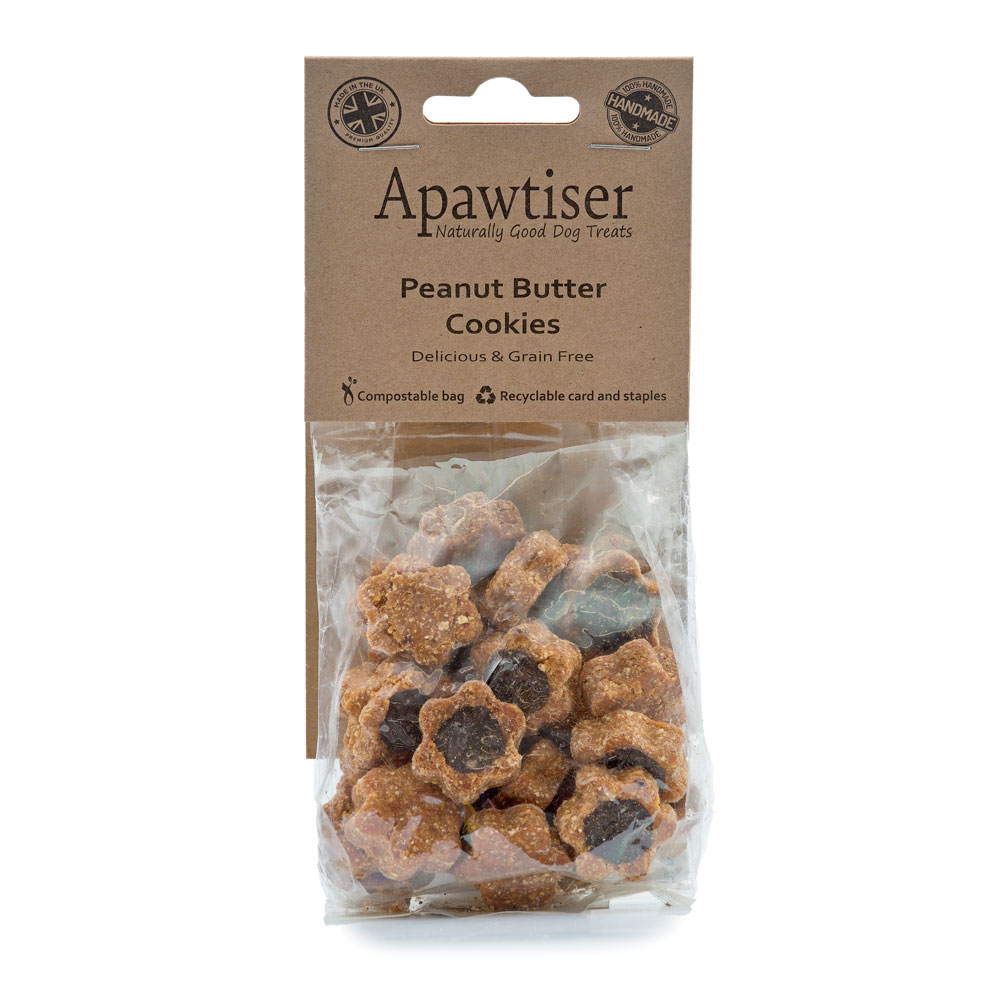
Chocolate may be a treat for us, but for dogs, it’s a serious health risk. Even small amounts can cause severe problems, and as pet owners, it’s essential to understand why chocolate is so harmful and how to keep our dogs safe.
Why Is Chocolate Harmful to Dogs?
Chocolate contains two chemical compounds that are toxic to dogs: theobromine and caffeine. While humans can process these substances quickly, dogs metabolize them much more slowly. This allows the toxins to build up in their system, potentially reaching dangerous levels.
Does the type of chocolate matter?
Yes, theobromine levels vary depending on the cocoa percentage in the chocolate. The darker the chocolate is, the more toxic it will be to your dog, due to the higher levels of theobromine in it.
Dark chocolate
-
Dark chocolate and cocoa powder contain the highest concentrations of theobromine, making them the most dangerous. Dogs only need to consume a tiny amount of dark chocolate to risk severe illness. Seek urgent vet help if your dog has consumed dark chocolate or cocoa powder.
Milk chocolate
-
Milk chocolate has lower levels of theobromine, but it’s still unsafe. Contact your vet, who will be able to calculate the risk depending on how heavy your dog is, how much chocolate they have eaten, and what cocoa percentage the chocolate is.
White chocolate
-
Even white chocolate, which doesn't contain cocoa solids, should not be given to dogs. While there is no risk of toxicity from theobromine, the high levels of fat and sugar could lead to other problems such as pancreatitis.
Chocolate with fillings
- Chocolate often contains other ingredients which may be harmful to dogs, including raisins and alcohol (this is a particular concern over the festive period). While the amount of chocolate your dog consumes may not be harmful, combined with the effects of eating another toxic ingredient, your dog may still display symptoms of being unwell. Contact your vet if you suspect that your dog has consumed chocolate with a potentially toxic filling.
Signs of Chocolate Poisoning in Dogs
If a dog eats chocolate, symptoms of poisoning can appear within a few hours and vary based on their size, the type of chocolate, and how much they’ve consumed.
A large dog who has consumed just a small amount of chocolate may only display signs usually associated with an upset stomach. Common symptoms include:
-
Vomiting and diarrhea
-
Excitement, restlessness, hyperactivity, or pacing
-
Increased thirst and urination
-
Abdominal pain
In severe cases, you may see symptoms of chocolate toxicity. These generally develop within two to four hours, but can take up to 12, and can include:
-
Fast breathing or panting
-
Shaking, trembling and tremors
-
High temperature (fever)
-
Seizures
-
Evelated heart rate
Acting quickly is crucial. If you suspect your dog has eaten chocolate, contact your vet immediately or call the Animal Poison Line for advice. Do not wait for symptoms to appear — your dog is more likely to make a full recovery if treatment is carried out ASAP.
It's important to keep hold of the chocolate packaging/wrapper, if possible, as the vet may require information from it to determine how to treat them, such as cocoa content.
Treatment for Chocolate Poisoning
The treatment that your dog will require depends on how much chocolate they have eaten, the cocoa content of the chocolate, and the weight of your dog. Some common treatments that your vet may choose can include:
-
Inducing vomiting — As unpleasant as it can be, the vet may give your dog an injection to make them sick. This can only be done within a short time frame of your dog eating the chocolate, and is an effective way of removing the toxins from your dog's body before they reach the bloodstream. Do not attempt to make your dog sick at home.
-
Activated charcoal — Often used as an alternative when vomiting cannot be induced, activated charcoal blocks the absorption of theobromine in the gut. This is another way of preventing toxins from entering the bloodstream, and can be used when more time has passed since consumption of the chocolate.
-
IV Fluids, Medication and More — If your dog's condition is serious, they may be given IV fluids on a drip, medication to control seizures and heart rate, and could be kept in for an overnight stay with the vet. Whilst this is an expensive sleepover, it is important that your dog is monitored in case their condition deteriorates.
The good news is that chocolate toxicity rarely causes long-term problems when fast action is taken. This is why it is important to contact your vet as soon as you suspect your dog may have consumed chocolate — in severe cases, delayed treatment can be fatal.
What About Cats?
While this guide focuses on dogs, it’s important to know that chocolate is also toxic to cats. Cats are even more sensitive to theobromine than dogs, though they’re less likely to eat chocolate because they lack a sweet tooth. If your cat manages to sneak a bite, watch for similar symptoms, including vomiting, rapid breathing, or tremors, and seek veterinary help right away.
Prevention Is the Best Cure
The easiest way to protect your pets is to keep chocolate well out of reach. Some easy tips to prevent chocolate poisoning include:
-
Store safely: Keep chocolate in high, secure cabinets where pets can’t access it. Leaving chocolate just out of reach (for example, on a table) is not recommended — even the best behaved dogs can have a lapse in judgement occasionally!
-
Be extra cautious during holidays: Festive periods like Christmas, Easter, and Halloween often involve lots of chocolate in the house. Make sure treats, advent calendars, and gift boxes are stored safely.
-
Educate your household: Make sure everyone in your home understands the dangers of chocolate for pets. Children may want to share their treats with family pets, not knowing it could potentially be fatal. In accidents such as a dropped chocolate bar that gets hoovered up by the dog, it's important that children know to tell an adult straight away.
Dog-Friendly Chocolate Alternatives
Dogs are part of the family, so it's totally understandable to want to include them in your celebrations. Treats containing carob are a great alternative — they look and taste similar to chocolate but are completely safe for dogs!
Carob powder is made from the seed pods of the carob tree, which is native to the Mediterranean and the Middle East. Often hailed as a superfood, carob powder packs a nutritional punch while adding a sweet, chocolatey taste that dogs love.
Benefits of carob for dogs include:
- High in fibre — fibre supports digestive system and gut microbiome health, regulating bowel movements and keeps dogs feeling fuller for longer.
-
Packed full of antioxidants — polyphenol antioxidants help the body fight oxidative stress, boost good gut bacteria and can contain anti-inflammatory properties.
- Calcium — promotes healthy bones and teeth, and plays an essential role in muscle building and function.
-
Potassium — potassium plays a key role in maintaining homeostasis, which prevents dehydration.
For a simple, delicious treat, suitable for allergy-sensitive dogs, Apawtiser Peanut Butter & Carob Cookies are the perfect choice. Their grain-free recipe is free from common allergens such as dairy, wheat, pork and beef. Similarly, nutritionist-approved Life of Riley Mini Cookies contain just 4 ingredients, including carob. These hypoallergenic treats are high in protein and fibre, and ideal for sensitive tummies.
If you suspect your dog has eaten chocolate, please seek immediate veterinary advice. The information in this guide is not intended to subsitute professional care, and all dogs are individuals who may display symptoms differently.







